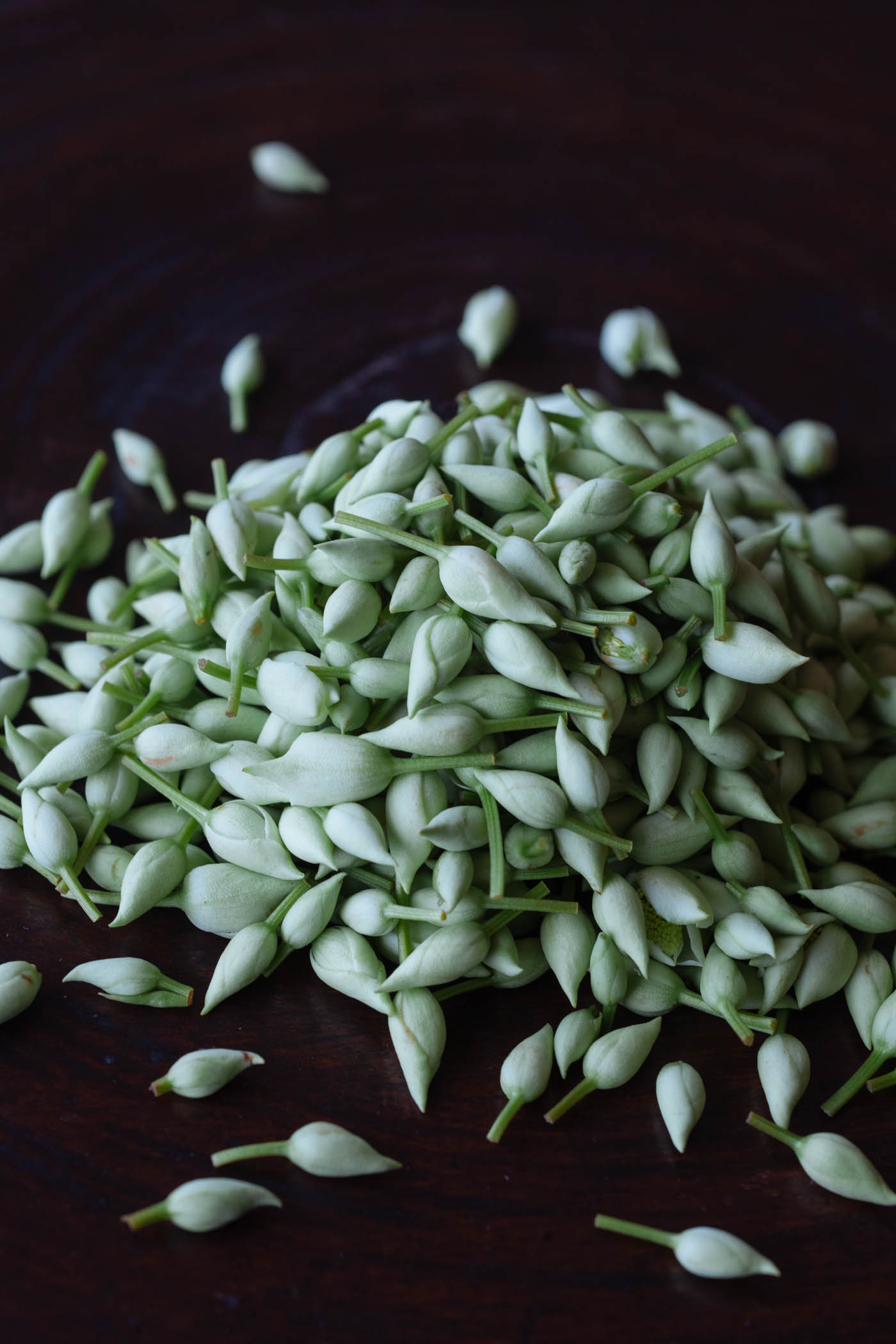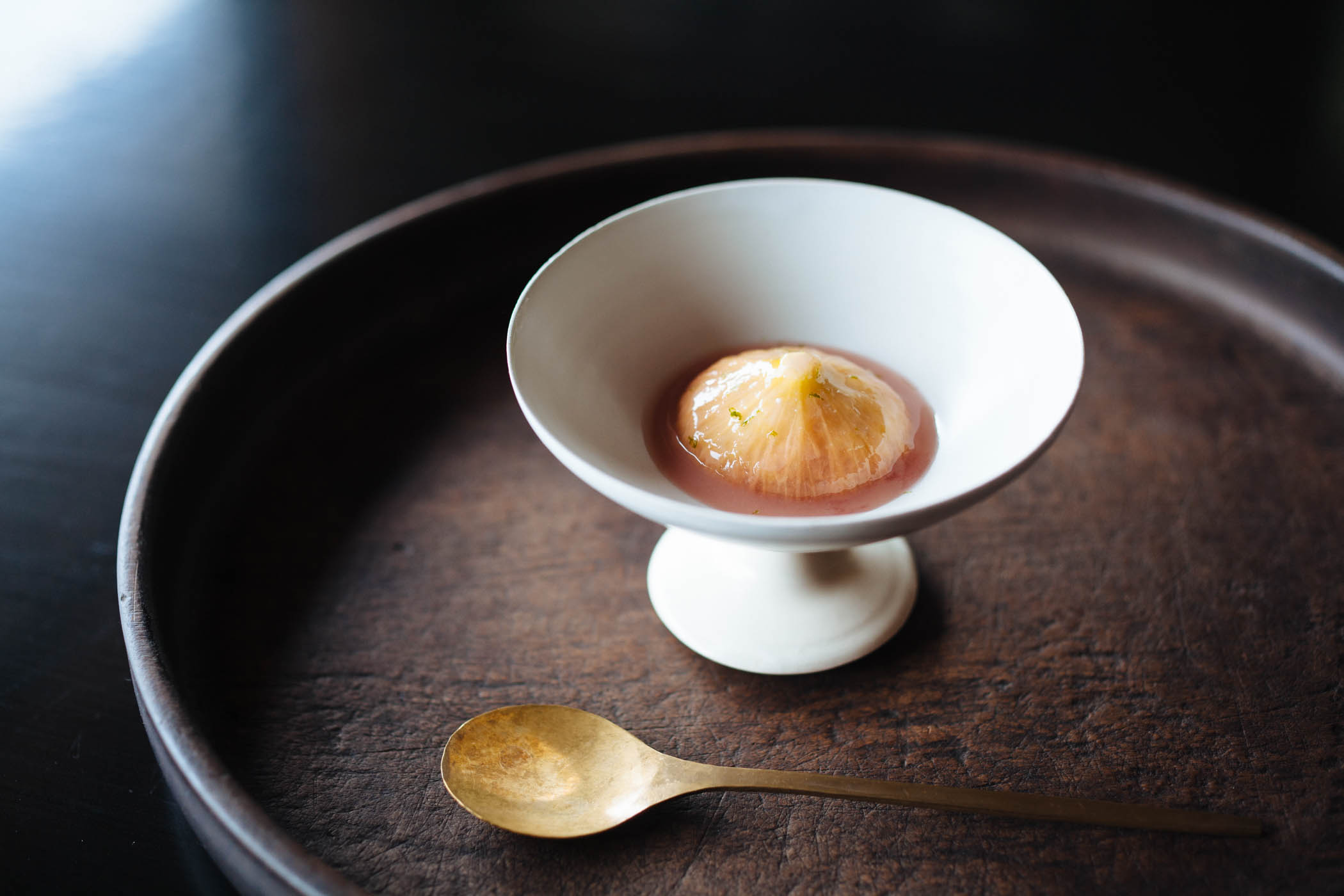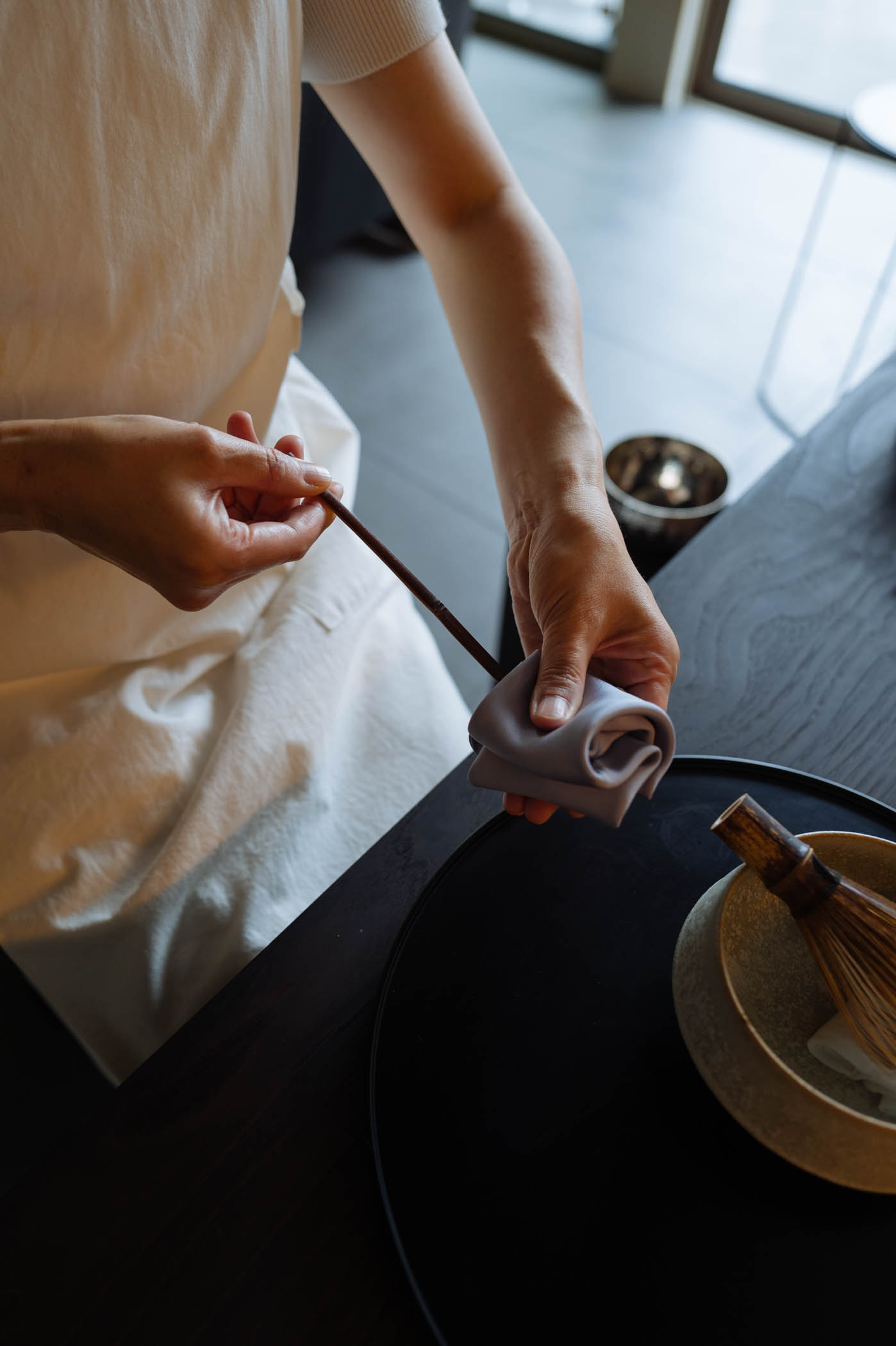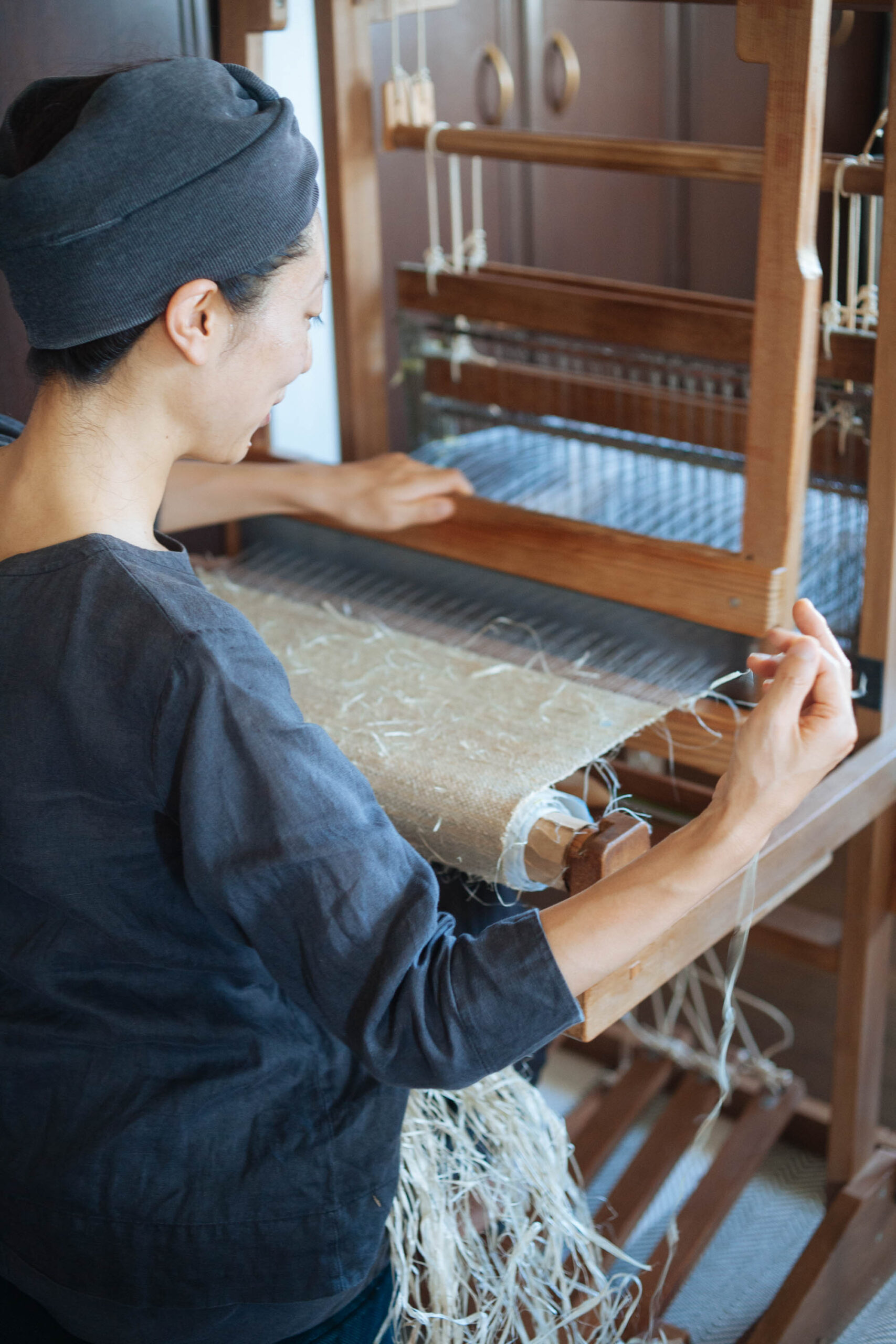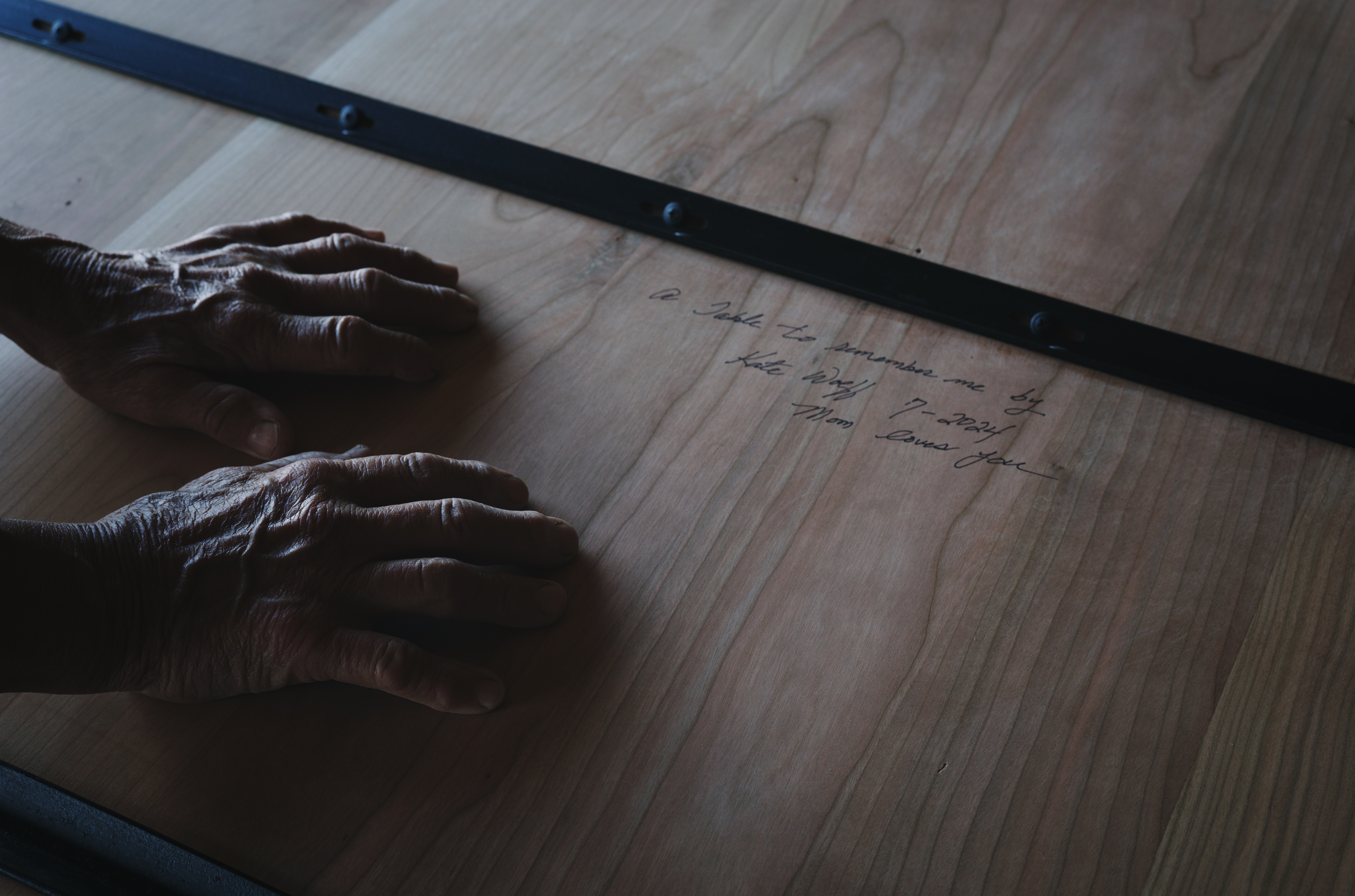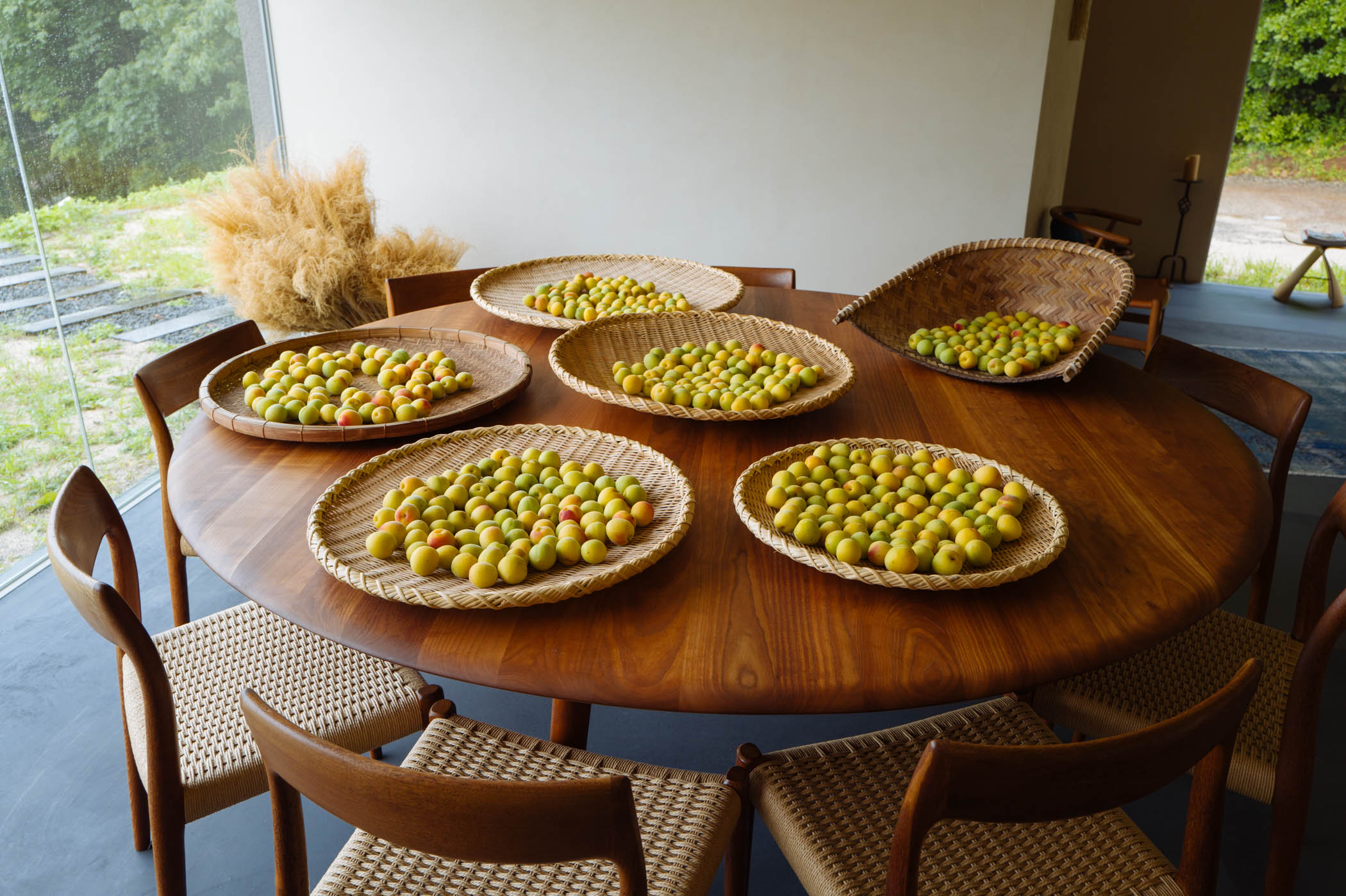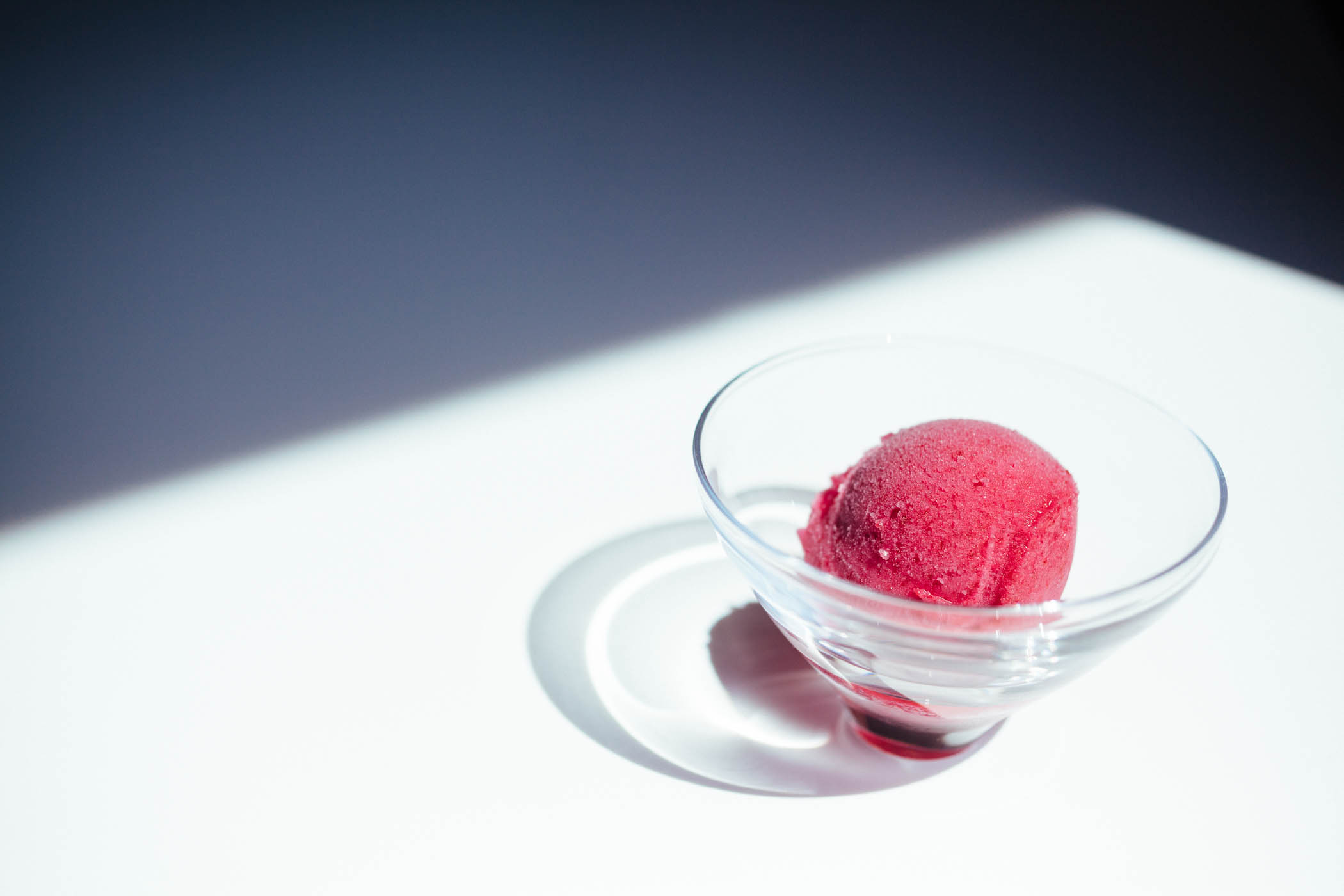Along narrow mountain lanes and wood-edge paths, dokudami grows wild and thick — heart-shaped leaves catching the hush of morning light, white bracts opening like quiet little stars. The scent is sharp, unforgettable. Some call it unpleasant. But it doesn’t seek to charm or please. It proclaims. Something ancient. Something essential.
I’ve come to see it as a kind of truth-telling.
Dokudami doesn’t pretend. It simply is — untamed, resilient, unapologetic.
This spring, I gathered handfuls and created my first tincture.
I’m primed for this — the deeper medicinal language of plants. For years I’ve foraged for flavor, folding wild greens into my cooking. But this is different. Working with dokudami is a step in a new direction, a journey along a new and exciting path.
With the guidance of a local herbalist, I’m learning to draw the essence of a plant into liquid. Not by fire or pressure, but by steeping it in spirit and time. A slow surrender.
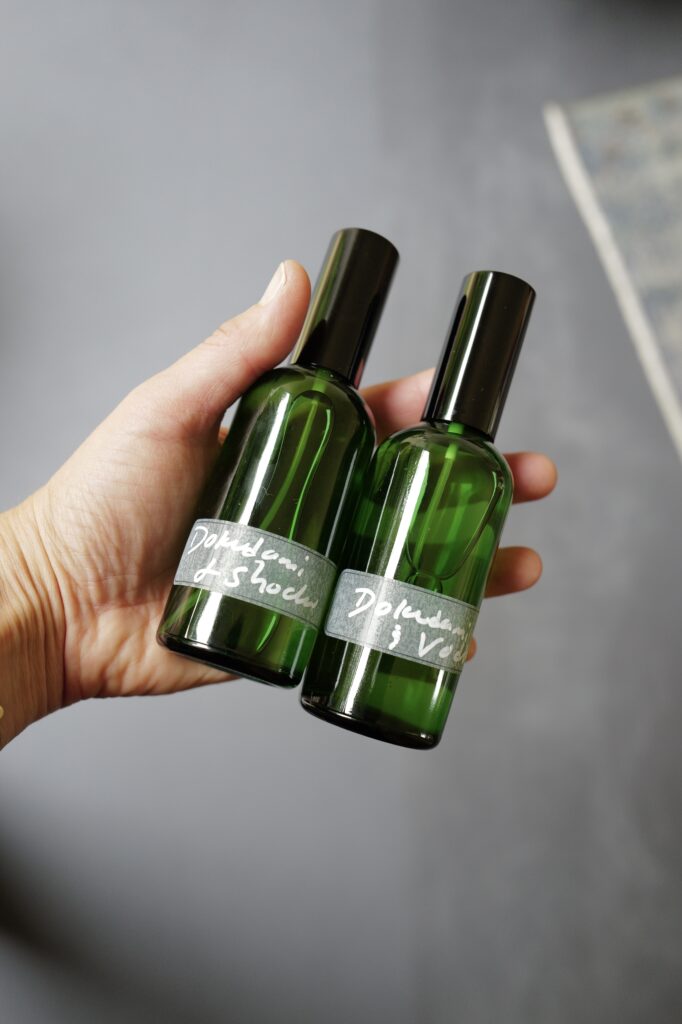
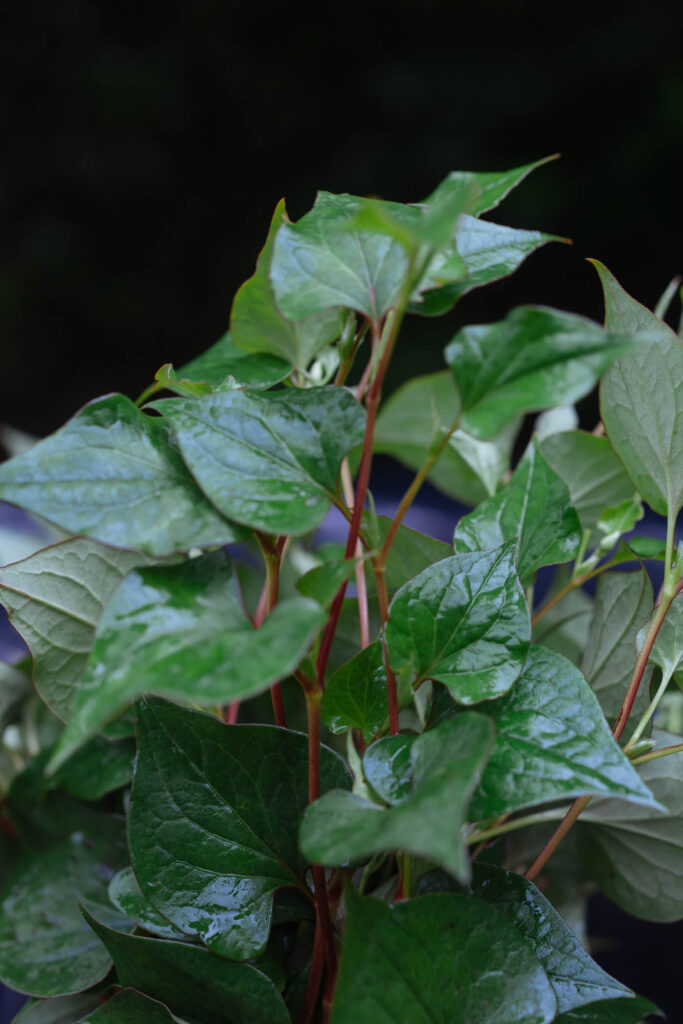
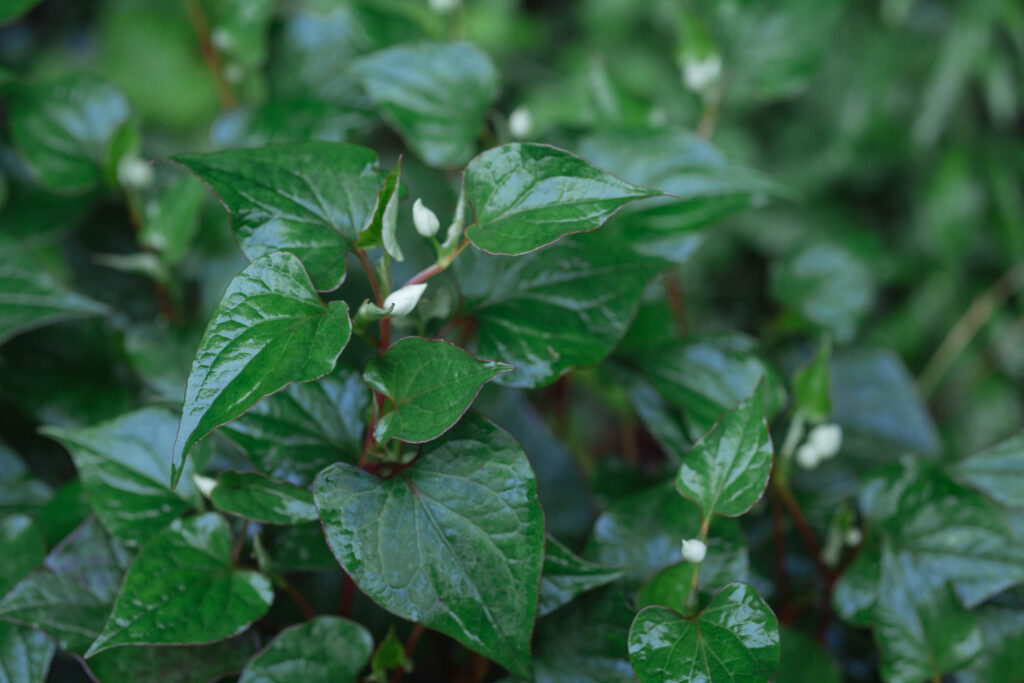
I tore the leaves and stems with my fingers, packed them into two glass jars, and poured in the alcohol — one with neutral shochu, the other with vodka. The scent bloomed instantly — pungent, green, fiercely alive. I labeled them, tucked them in the pantry, and returned every few days to give them a gentle shake. Slowly, the liquid darkens. Deepens. Changes.
This is the medicine of patience — of extraction — a way to carry the medicine of spring into other seasons
The tincture made from leaves and stems will be used as an insect repellent. A second, made only from the unopened buds, will become a skin tonic — softened with water and glycerin to calm heat rash, soothe bites, or cool summer skin.
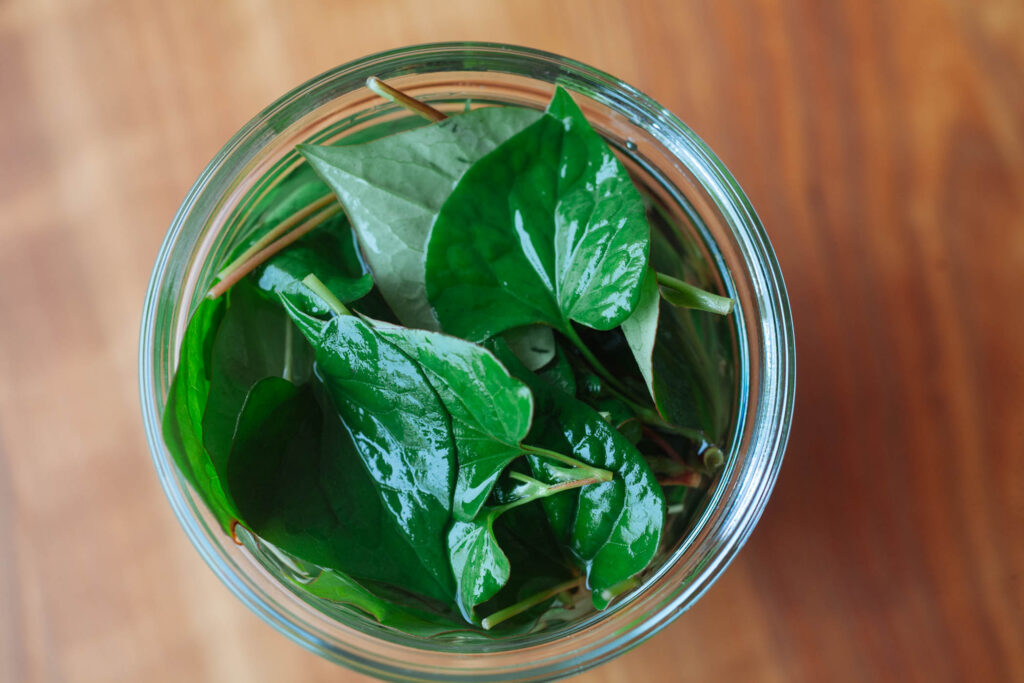
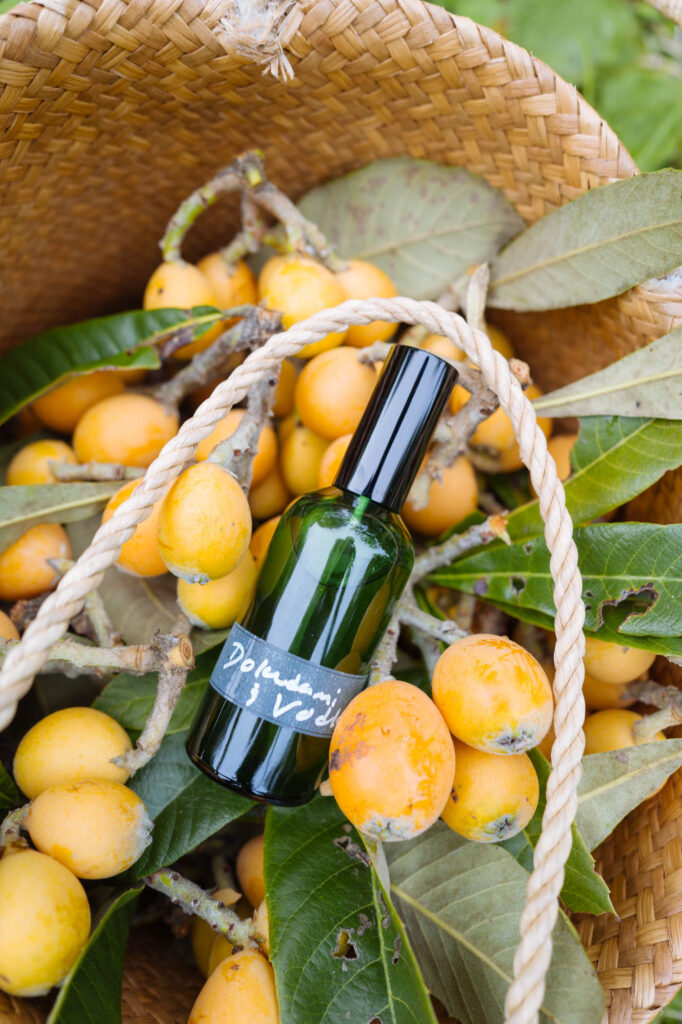
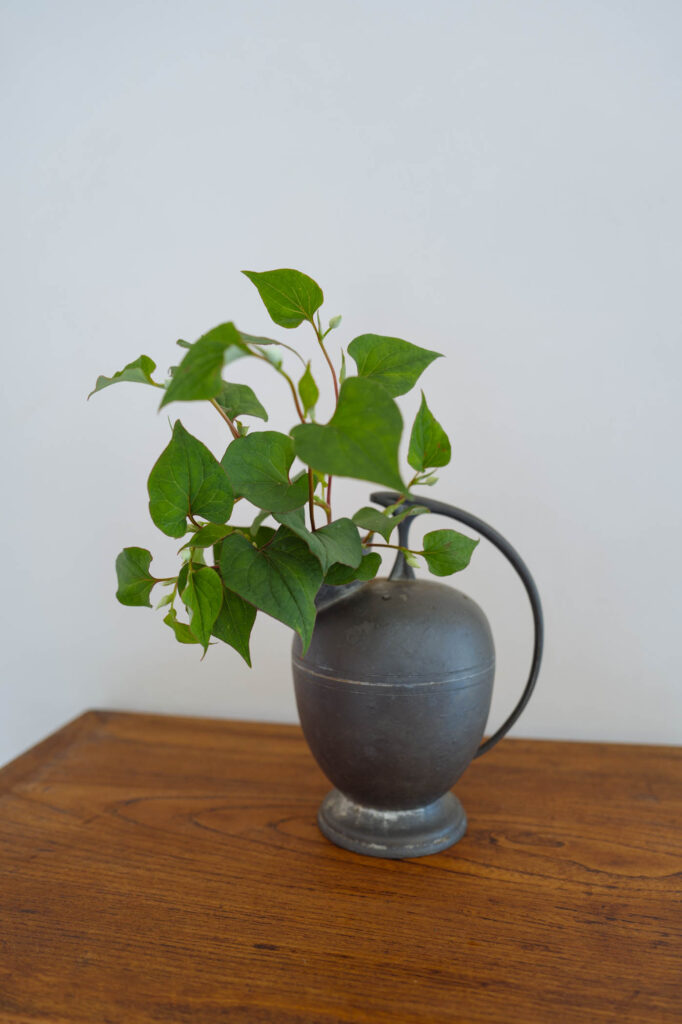
In Japanese, dokudami is also called jūyaku — “ten medicines.” Not a literal count, but a poetic truth. This one wild plant offers so many gifts. For generations, it has been used to cleanse, soothe, and restore — brewed as tea, steeped into baths, or applied to skin.
In kampo medicine, it is said to clear heat, support digestion, purify the blood. In rural villages, bundles of dried dokudami still appear at roadside stands — an old wisdom made visible. In the heat of summer, its tea cools and clears, offering relief from what inflames or stagnates.
A bouquet of dokudami is said to purify the air as charcoal purifies water.
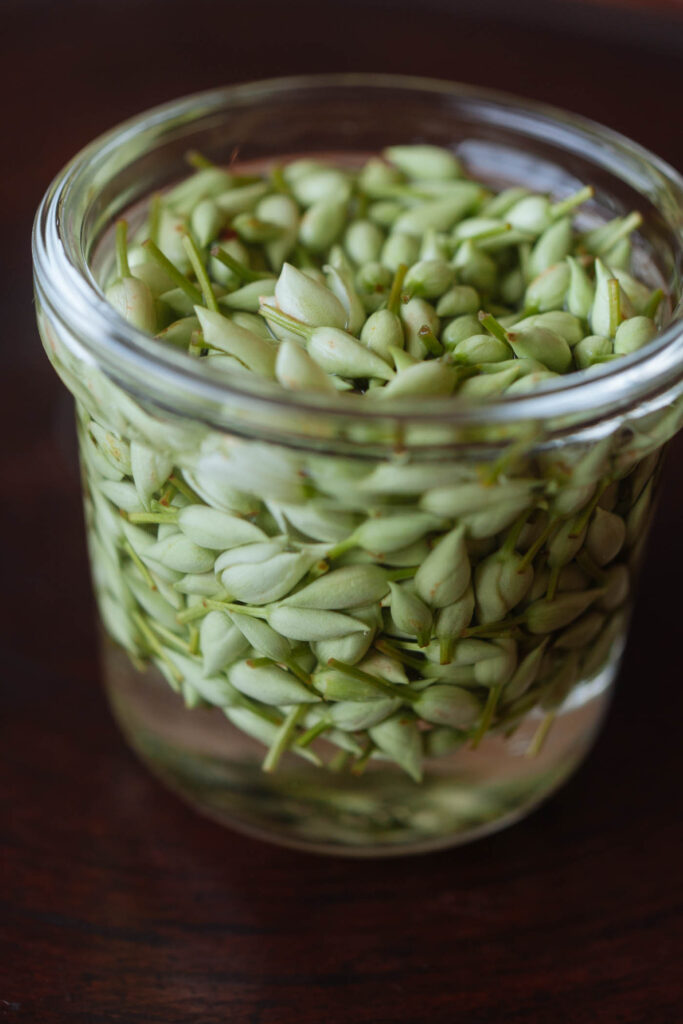
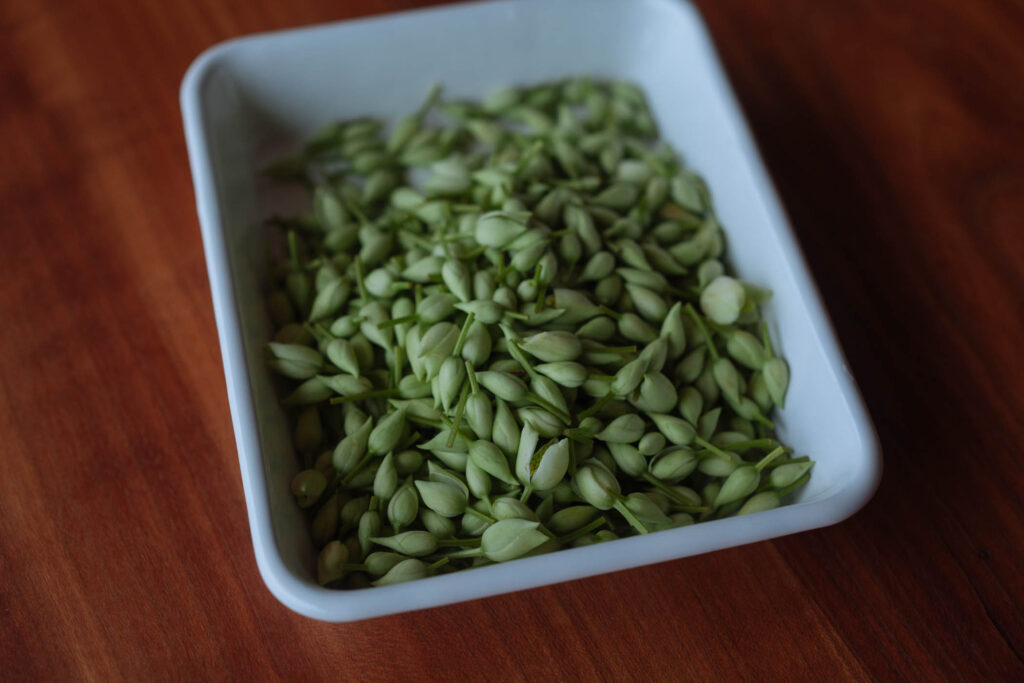
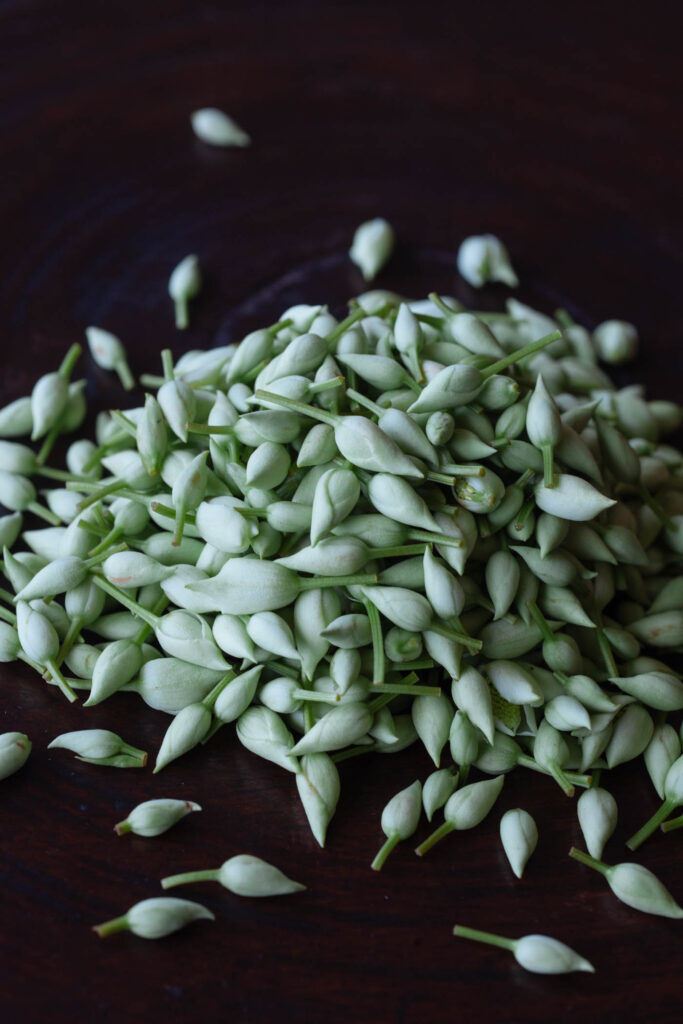
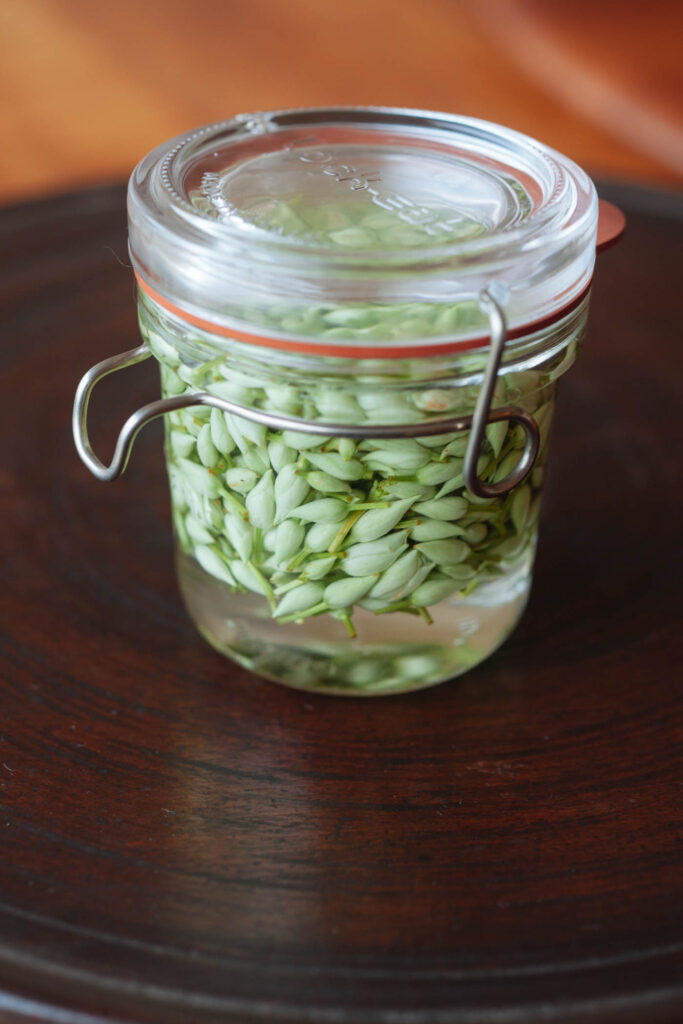
Dokudami arrives just as spring exhales into summer — carrying the quiet strength needed to meet the intensity ahead with clarity and calm.
These uses are generous. But beyond what dokudami does, I’m drawn to what it reveals.
Ten medicines in one leaf.
A quiet kind of wisdom.
I’m just beginning to understand. For now, it’s enough to sit with this plant — to breathe in its honesty, to adopt its resilience, to witness its transformation over time.
This is what Living Botanica means to me:
Not mastery, but relationship.
Not just knowledge, but reverence.
A practice of listening — of noticing — of attuning to the quiet intelligence of the land.
And dokudami, it seems, has much to say.
- Join our First Summer salon session and experience a masterclass on dokudami and other wild plant medicines.
